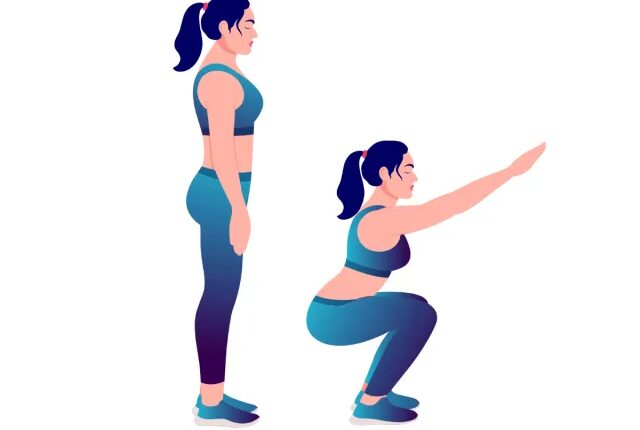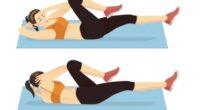Walking is a popular form of exercise for people of all ages. It is a simple and cost-effective way to stay fit, no matter the time of day or your location. If you have already established a walking routine, you can enhance it further for better results. To help you make the most out of your walks, we sought advice from a personal trainer on the most effective strength workout tailored for walkers to enhance speed and endurance.
Integrating strength training into your walking routine offers numerous advantages. Ellen Thompson, a certified personal trainer at Blink Fitness, explains, “Having stronger muscles can help you walk for longer periods without feeling fatigued. Strengthening your leg muscles, especially the glutes and calves, can result in more powerful strides, leading to faster walking speeds. It can also enhance your ability to tackle stairs or uneven terrains.”
While walking alone is highly beneficial for overall health by aiding in calorie burning and weight management and promoting heart health, incorporating strength training can take it a step further. By strengthening the muscles around your knees, hips, and ankles, you can enhance joint stability, reduce the risk of injuries, and boost your walking performance. The more you walk and incorporate strength exercises, the greater the benefits you will enjoy in the long run.
Now, let’s dive into how to perform Thompson’s go-to strength workout for walkers to build speed and distance.
1. Squats
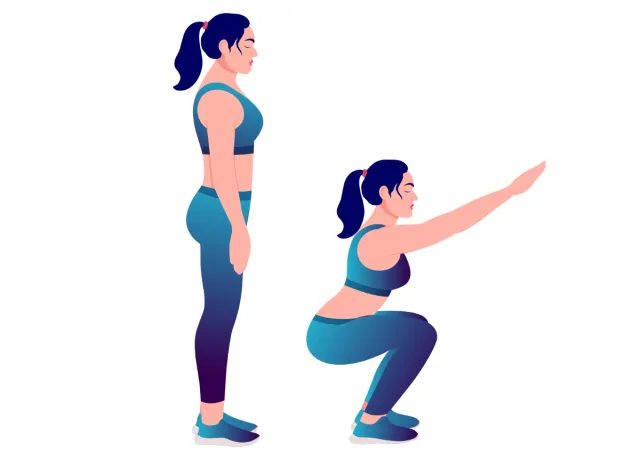

- Stand tall and plant your feet shoulder distance apart.
- Press your hips back and lower into a squat. Maintain a tall chest and keep your knees over your toes.
- Lower until your thighs become parallel to the floor.
- Press through your heels to rise back up.
- Perform 3 sets of 12 to 15 reps.
2. Lunges
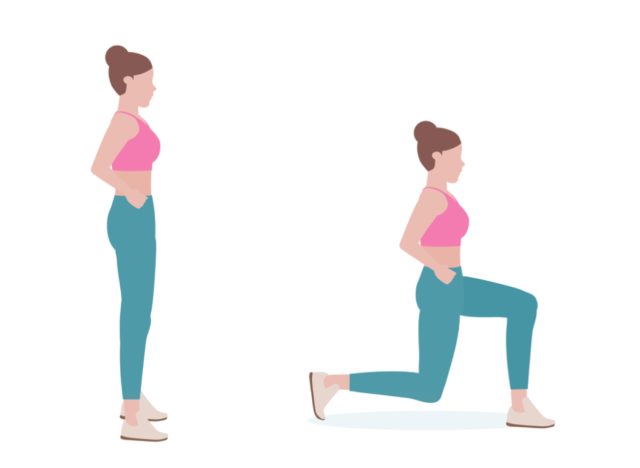

- Start standing tall with your feet together.
- Step one foot forward and bend both knees to lower into a lunge.
- Descend until your knees achieve 90-degree angles.
- Push through your front foot to rise back to standing.
- Repeat on the opposite side.
- Perform 3 sets of 10 to 12 reps on each leg.
3. Calf Raises
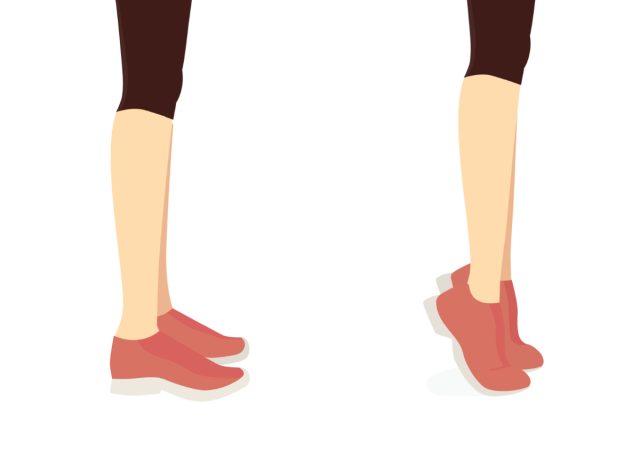

- Start standing tall with your feet placed hip-width apart and your toes facing forward.
- Rise up onto the balls of your feet, lifting your heels as high as you’re able to.
- Pause once you reach the top, then slowly lower down.
- Perform 3 sets of 15 to 20 reps.
Alexa Mellardo
Alexa is the Mind + Body Deputy Editor of Eat This, Not That!, overseeing the M+B channel and delivering compelling fitness, wellness, and self-care topics to readers. Read more about Alexa
Frequently Asked Questions About Strength Workouts for Walkers
What are the benefits of strength training for walkers?
Strength training for walkers can help build muscle mass, increase endurance, improve walking form, prevent injuries, and enhance overall performance. It can also help with speed and the ability to cover greater distances comfortably.
How often should walkers incorporate strength training into their routine?
It is recommended that walkers incorporate strength training into their routine at least 2-3 times a week, ensuring to give muscles enough time to rest and recover between sessions. Consistency is key to see improvements in speed and distance over time.
What are some key exercises that walkers can include in their strength training routine?
- Squats: Help strengthen the quadriceps, hamstrings, and glutes.
- Lunges: Improve balance, strengthen the lower body muscles, and work on core stability.
- Calf Raises: Strengthen the calves, which are crucial for pushing off the ground while walking.
- Planks: Engage the core muscles and help improve overall stability.
- Step-ups: Work on lower body strength and help with climbing inclines during walks.
Should walkers focus more on bodyweight exercises or use weights?
For walkers looking to build speed and endurance, incorporating a mix of bodyweight exercises and light weights can be beneficial. Bodyweight exercises help improve overall strength and stability, while gradually adding weights can further challenge the muscles and lead to strength gains.
How can walkers prevent injuries when incorporating strength training into their routine?
To prevent injuries, walkers should always warm up before starting any strength training session, focus on proper form during exercises, gradually increase intensity and weights, and listen to their bodies to avoid overtraining. It’s also essential to stretch and cool down after each session to aid in muscle recovery.

